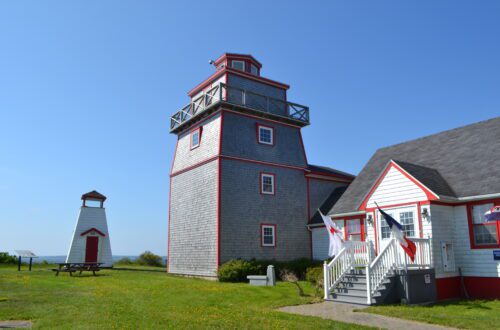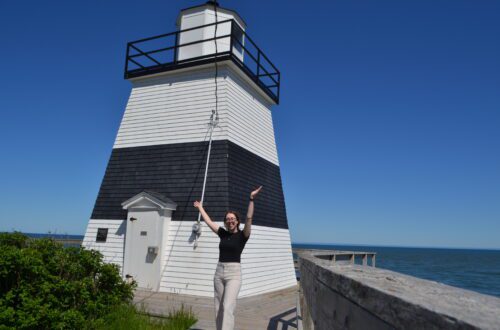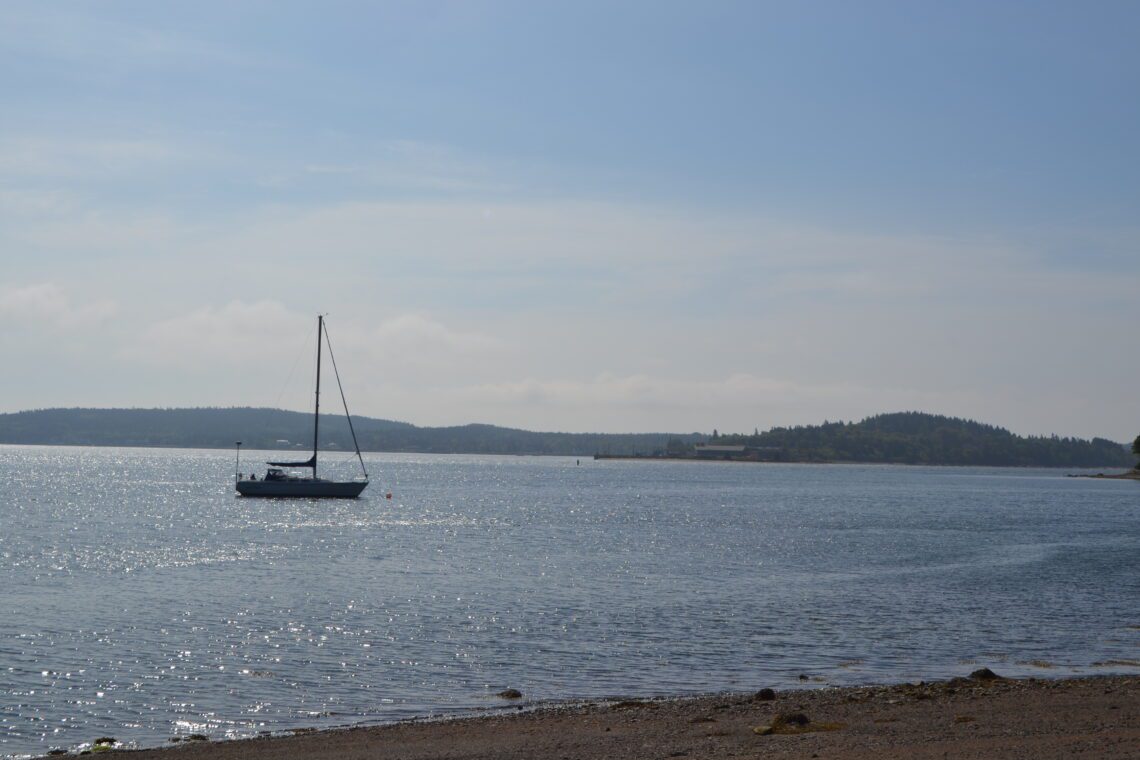
The History of LaHave, Nova Scotia
Lunenburg County
LaHave, Nova Scotia, is a picturesque coastal community nestled along the mouth of the LaHave River. As with most of Nova Scotia, the region was the home of the Mi’kmaq and, at one point, was a vital centre of trading with the Europeans.
Samuel de Champlain stopped in LaHave in 1604 on his first trip to Acadia, naming the area Port de la Hève. Henry Hudson, an English sea explorer, also made landfall there in 1609 on his voyage on behalf of the Dutch East India Company. Despite the Mi’kmaq showing hospitality to the exploration group, Hudson’s crew staged an unprovoked assault on the Mi’kmaq settlement. As a result, the Mi’kmaq retaliated and staged a raid on the next Dutch ship to visit the area in 1611.
After the Treaty of Saint-Germain-en-Laye was signed in 1632, Isaac de Razilly, a French naval officer, and around 300 men came ashore at LaHave to begin building a colony. They also constructed a fort called Fort Sainte-Marie-de-Grâce to assert French claims to the area’s rich resources of fish and fur. Razilly and his men had been sent as the King’s representatives to establish a settlement in New France, specifically in Acadie. The settlers began constructing the fort at a point of land overlooking the river and the harbour entrance.
Most of the newcomers were skilled tradesmen, bringing bricks, lime, plaster and planks that were used to build the fort and surrounding lodgings. As the cold weather arrived, some of the men perished during that first winter. However, the situation could have been worse if it weren’t for the Mi’kmaq, who helped them adapt to the unfamiliar environment and taught them survival skills for the harsh conditions.
This settlement, known today as LaHave, was the capital of New France from 1632 until 1636. Razilly reported that the new fort was capable of standing against any enemy action that would come their way and that he had the military supplies necessary to withstand a six-month siege.
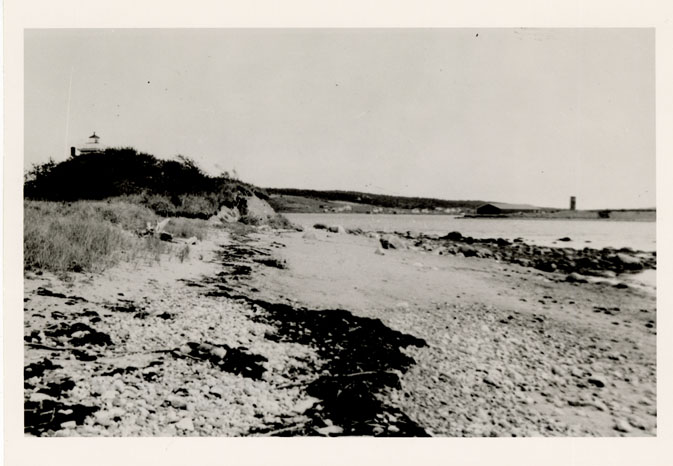

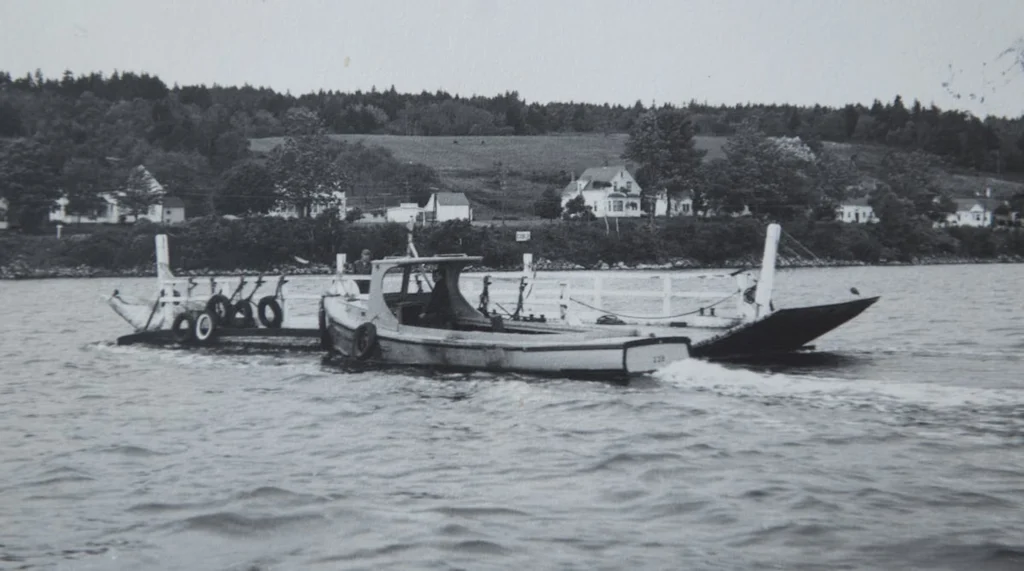
A chapel, a store, and houses for the workers were constructed in the village. By that time, LaHave had transformed into a thriving trading post, serving as the centre for a small farming community and a major port of call for a large fishing fleet. At one point, around five hundred transient fishermen were visitors to the settlement.
After Razilly’s death in 1636, most of the inhabitants were moved to Port Royal by the new Governor Charles de Menou d’Aulnay. By 1652, La Hève was still a successful trading post before it was raided by Emmanuel Le Borgne. Le Borgne was a successful merchant in France who financed d’Aulnay in his Acadian trade and became the claimant to d’Aulnay’s estate after he died in 1650. When he arrived in Acadia, he became governor and burned down Fort Sainte-Marie-de-Grâce in the process. Over time, the currents and tides of the LaHave River have gradually eroded the point on which the fort once stood, today, leaving nothing visible of the former settlement.
LaHave Ferry
In the 1700s, as many moved away from the area, an English fishing base was established at the former Acadian settlement. By the turn of the century, various industries began to emerge that relied on the importance of the LaHave River. LaHave evolved into an economic centre for fishing, trade, and shipbuilding. In 1832, a cable ferry began service to transport passengers across the river to East LaHave. Additionally, in 1876, a lighthouse was constructed to assist ships in navigating the river and remained operational until the 1950s.
As development shifted upriver to Bridgewater, tourism replaced many of the industries in LaHave. The cable ferry became important in connecting passengers to the communities of LaHave and East LaHave. In 1982, Brady E. Himmelman retired after 35 years as the captain of the LaHave Ferry, becoming the ferry’s longest-serving captain. He began his career after serving in the Royal Canadian Air Force’s Marine Section during World War II. In 2010, the LaHave Ferry II was replaced by a 14-car capacity ferry that was named in honour of Himmelman. The ferry is still in operation today by the Province of Nova Scotia.
LaHave Today
Fort Point Museum is an incredible resource for anyone interested in learning more about LaHave and the surrounding community. In June of 1969, a group of local citizens with a love for history held a meeting to appoint directors for what would become the Lunenburg County Historical Society. In 1971, the provincial government, which had acquired the Fort Point historical site from the Government of Canada six years earlier, granted the society the ability to use the Fort Point lighthouse keeper’s house as a museum. On September 7, 1972, the museum opened within the transformed house and has been running an outstanding museum ever since, showcasing 400 years of local history.
LaHave Bakery is a lovely spot to spend a leisurely morning by the water. The landmark property was built by the Boehner Brothers, a pair of local architects, in 1896. Initially, it was constructed as a shipping supply store and a fish processing plant for LaHave Outfitting Co., which the company used for years. The business fished off the west coast of Nova Scotia and returned with its catch to the building, where it was salted and then reloaded to make its way to Turks and Caicos for trade. Also, the Canadian Imperial Bank of Commerce moved to the top floor of the building between 1917 and 1922 before constructing its own building across the street.
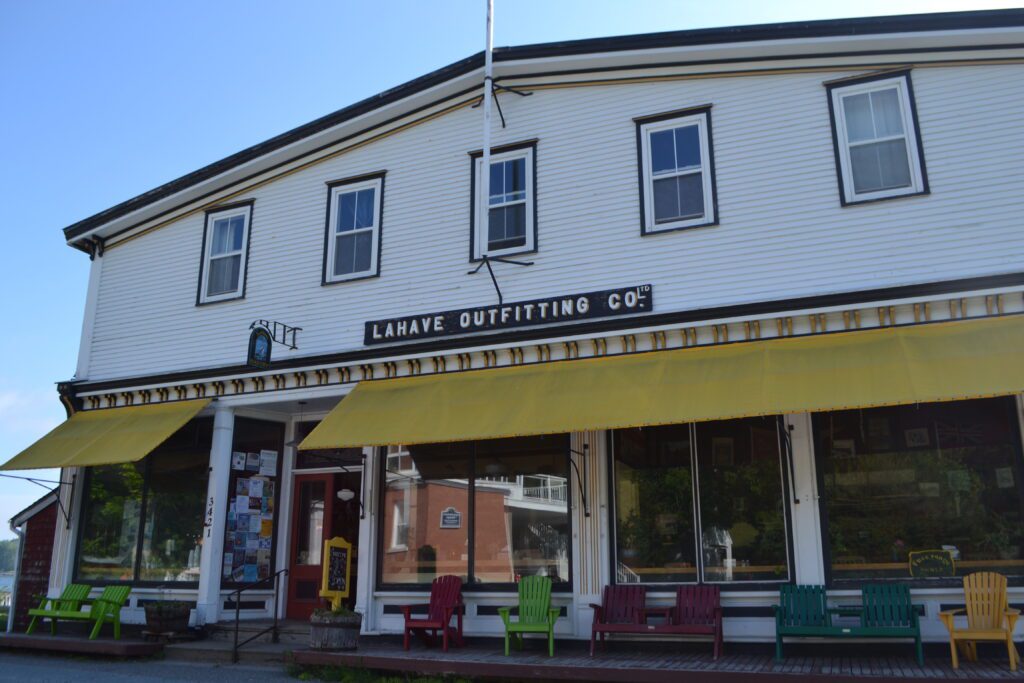
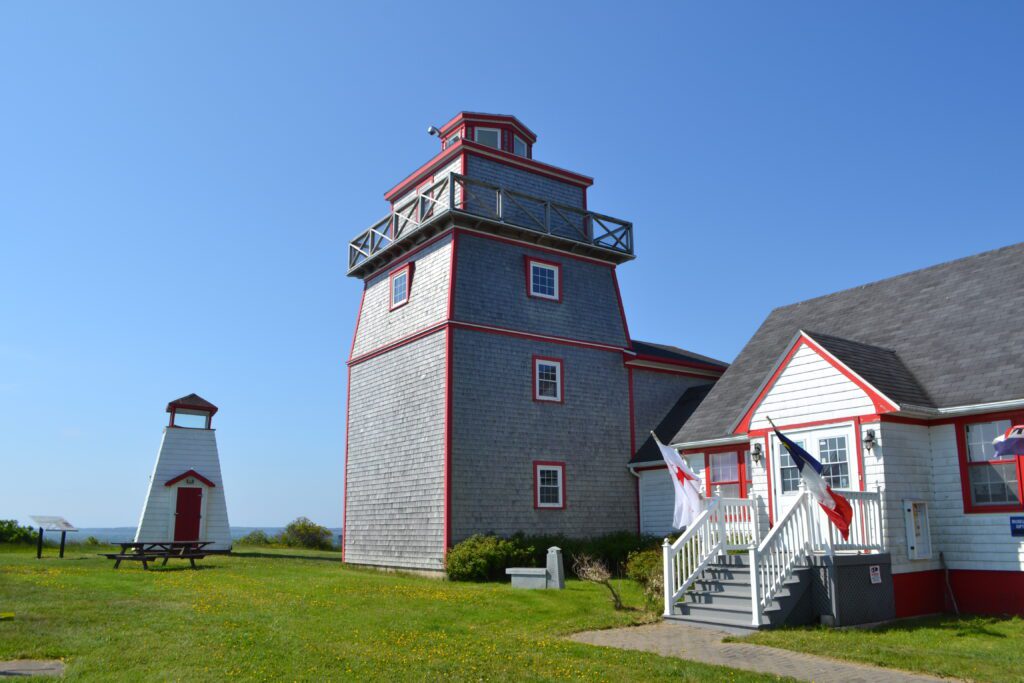
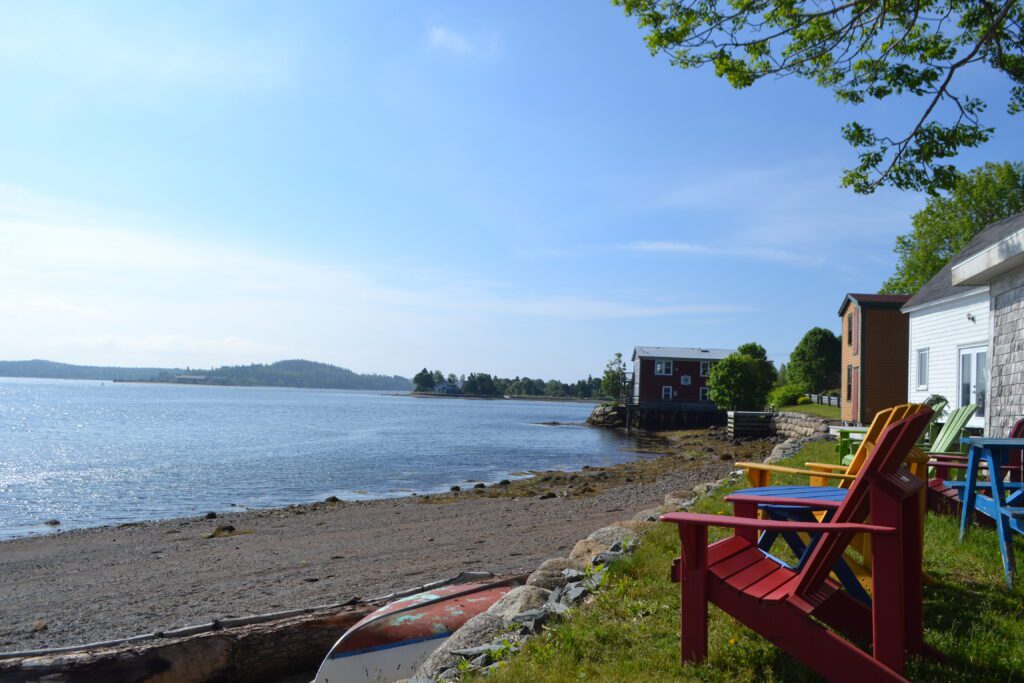
Gael Watson had the idea for a bakery shortly after she purchased the LaHave Outfitting Co. building in 1984. A year later, LaHave Bakery opened its doors on July 26, 1985. Since then, the bakery has been feeding the community, making quality products for its loyal customers only using the best local ingredients. On top of LaHave Bakery utilizing the space to create delicious baked goods, the large turn-of-the-century building houses the likes of LaHave River Books and the LaHave Craft Co-op.
LaHave is a quaint village shaped by centuries of history and resilience. Throughout the town’s evolution, its heritage, character, and strong community remain at the heart of daily life to this day.
A big thank you to the Fort Point Museum for the vast information and photos provided on their website.



